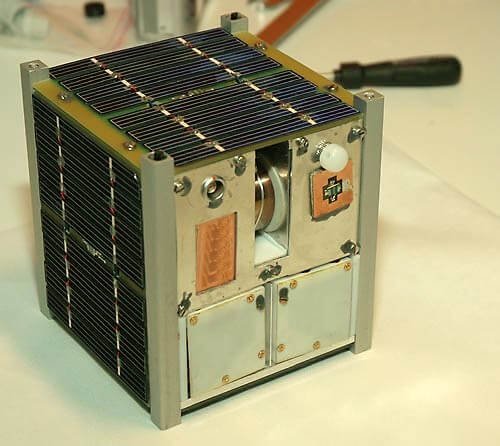
Ansys, a name synonymous with engineering simulation, has revolutionized the world of Computational Fluid Dynamics (CFD). This powerful software suite provides engineers with a virtual testing ground, enabling them to analyze and optimize fluid flow behavior across diverse industries. Today, we delve into the world of Ansys, exploring its applications, impact on CFD, and exciting career opportunities it unlocks.
Unveiling the Powerhouse: What is Ansys?
Ansys offers a comprehensive suite of engineering simulation software covering various domains like structural analysis, thermal analysis, and, of course, CFD. Its flagship CFD solver, Ansys Fluent, is widely recognized for its robust capabilities in simulating complex fluid flows, from incompressible Newtonian fluids to multiphase and reactive flows.
Revolutionizing CFD: The Ansys Impact
Ansys has significantly impacted the field of CFD by:
- Reducing physical testing dependence: By enabling virtual simulations, Ansys helps minimize the need for expensive and time-consuming physical prototypes, accelerating design cycles and reducing costs.
- Optimizing designs: Engineers can analyze various design iterations virtually, identifying and addressing potential flow issues early in the development process, leading to better performing products.
- Expanding application reach: Ansys caters to diverse industries like aerospace, automotive, energy, and biomedical, making CFD accessible to a wider range of engineering challenges.
Beyond Fluent: The Ansys Ecosystem
While Fluent is the star of the show, Ansys offers a broader ecosystem:
- CFX: Focuses on high-fidelity simulations for complex geometries and turbulent flows.
- SCRYPT: Ideal for turbomachinery applications with its efficient rotor-stator interface modeling.
- Mechanical APDLC: Combines CFD with structural analysis for fluid-structure interaction simulations.
Career Prospects: Diving into the Ansys World
The demand for skilled Ansys users is booming across industries. Here’s a glimpse into the exciting career landscape:
- Job roles: CFD Engineer, Simulation Analyst, Design Optimization Engineer, Research Scientist
- Average package: Varies based on experience and location, but generally ranges from $70,000 to $150,000+ annually.
- Market demand: The global CFD market is expected to reach $3.4 billion by 2027, indicating strong job growth prospects.
Equipping Yourself: Skills for Success
To thrive in this dynamic field, consider honing these skills:
- Strong understanding of fluid mechanics and CFD principles.
- Proficiency in Ansys Fluent and other relevant software.
- Excellent problem-solving and analytical abilities.
- Good communication and teamwork skills.
The Final Verdict: Ansys – A Gateway to Engineering Innovation
Ansys is more than just software; it’s a gateway to innovation. By empowering engineers to virtually analyze and optimize fluid flow, it accelerates product development, reduces costs, and paves the way for groundbreaking designs. If you’re passionate about engineering and fascinated by the invisible world of fluids, then consider exploring the exciting opportunities that Ansys presents. As the demand for skilled professionals continues to soar, the future of CFD and Ansys looks bright, beckoning curious minds to join the journey of shaping tomorrow’s engineering marvels.
Ansys software and its applications:
- Automobile engine gas combustion: Ansys can be used to simulate the combustion process in an automobile engine, which can help engineers design more efficient and cleaner engines.
- Chemical solution movement through pores in a shale gas formation: Ansys can be used to simulate the movement of chemical solutions through the pores in a shale gas formation, which can help engineers optimize the extraction of shale gas.
- Jet engine turbine air passage: Ansys can be used to simulate the air flow through a jet engine turbine air passage, which can help engineers design more efficient and powerful jet engines.
- Heat transfer among printed circuit board components: Ansys can be used to simulate the heat transfer among the components on a printed circuit board, which can help engineers design PCBs that are more reliable and durable.
- Design of cleaner burning, high-efficiency, fuel-flexible engines: Ansys can be used to design cleaner burning, more efficient, and more fuel-flexible engines by simulating the combustion process and air flow in the engine.
- Simulating IC engine combustion performance: Ansys can be used to simulate the combustion performance of an internal combustion engine, which can help engineers improve the engine’s performance and efficiency.
- Aircraft icing: Ansys can be used to simulate the formation of ice on an aircraft, which can help engineers design aircraft that are more resistant to icing.
- Design of pumps, compressors, and gas and hydraulic turbines: Ansys can be used to design pumps, compressors, and gas and hydraulic turbines by simulating the fluid flow through these devices.
- Optimize plant design and operation in the cement industry: Ansys can be used to optimize the design and operation of cement plants by simulating the flow of materials and gases through the plant.








